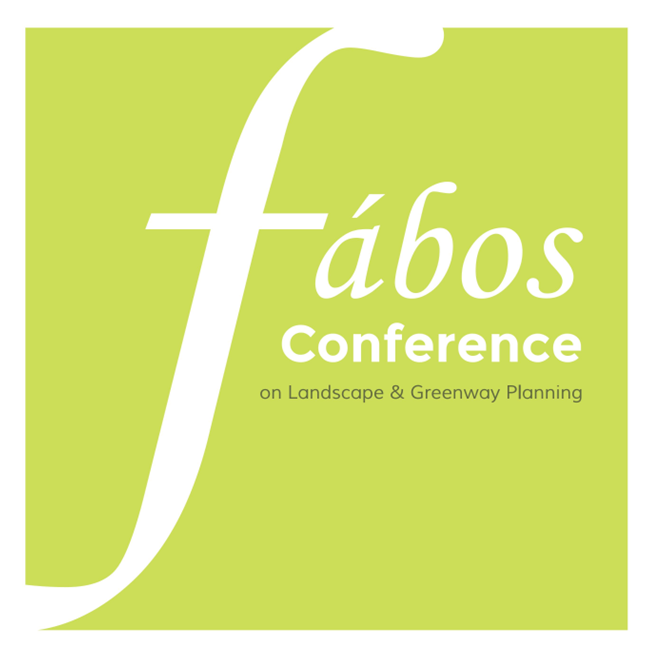The Impact of Tree Planting Program Governance Structure on Tree Survivorship and Vigor: A Case Study using the Massachusetts Greening the Gateway Cities Program
- Nicholas A Geron (Graduate School of Geography at Clark University)
- John Rogan (Graduate School of Geography at Clark University)
- Deborah Martin (Graduate School of Geography at Clark University)
- Marc Healy (Graduate School of Geography at Clark University)
Abstract
Trees in urban neighborhoods benefit residents by reducing building energy costs, providing cleaner air, decreasing surface runoff, and improving quality of life. However, tree canopy cover is not evenly distributed across neighborhoods in many mid-sized American cities which leads to higher air and surface temperatures, and increased energy bills for residents who are the most economically vulnerable. The state of Massachusetts (USA) created the Greening the Gateway Cities (GGC) program to increase tree canopy cover by 10% in post-industrial, midsized cities with lower educational attainment and lower income than state averages. The study posed two questions: what is the governance structure of the GGC program? How successful is the program using annual survivorship and vigor of the trees? This research examines the GGC program as a case study for a governance structure that fosters connections between the city, community and residents can create the social and environmental infrastructure to support increased tree canopy in urban neighborhoods. Data was collected in four gateway cities in Massachusetts: Chicopee, Fall River, Holyoke and Chelsea. 49 residents who received trees as part of the program were interviewed as well as two DCR foresters, three city planners, one head of the city’s community maintenance (Department of Public Works), and two paid staff and three volunteers of community partners. These interviews informed the creation of a governance framework for the GGC program. Tree survivorship, annual mortality and vigor of 3459 trees were used to measure the initial success of the planting program and to forecast potential benefits to residents. Results show how the GGC planting program can produce increased sense of ownership between cities, communities and individuals in the planting zones. The governance model, with an emphasis on stewardship, showed high rates of annual survivorship (~96.5%), low annual mortality rates (~3.5%) and average vigor rating of 1.5 (1 being healthy, 5 being dead).
Keywords: sustainable urban forestry, annual survivorship, governance, stewardship
How to Cite:
Geron, N. A., Rogan, J., Martin, D. & Healy, M., (2019) “The Impact of Tree Planting Program Governance Structure on Tree Survivorship and Vigor: A Case Study using the Massachusetts Greening the Gateway Cities Program”, Fábos Conference on Landscape and Greenway Planning 6(1). doi: https://doi.org/10.7275/m2wp-0361
Downloads:
Download PDF
441 Views
343 Downloads
